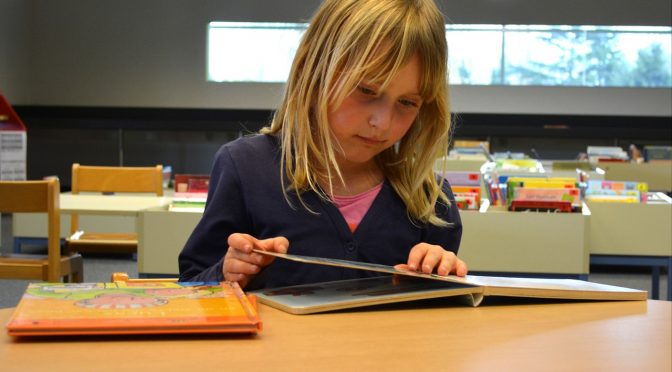Children may face difficulty in reading because of Dyslexia, ADHD (Attention Deficit Hyperactivity Disorder), APD (Auditory Processing Disorder), Visual Processing Issues, or other issues that should be diligently probed. However, the good news is that if the cause of reading problem is detected early, parents along with the child’s teacher can make efforts to help the kid.
Following are some suggestions on ways to recognize reading problems in your child so that you can start taking necessary measures to help him:
- Difficulties In Decoding: One sign of a reading problem like Dyslexia is inability to decode words into phonemes. If your child has difficulty sounding out words and recognizing them, is confused between letters and sounds, has a slow pace of reading, reads with no expression and ignores punctuations, avoids reading aloud, mispronounces words a lot and has trouble making rhymes, it indicates decoding difficulties.
- Comprehension Difficulties: A child with comprehension difficulties finds it difficult to comprehend what he is reading or what is being read out to him. Such a kid cannot understand and remember what they read. Meanings of words and sentences confuse them, they omit details, lack concentration when reading, spell poorly, cannot recall facts and numbers, have difficulty learning new skills and languages, reverse letters, have difficulty with word problems in math, etc. However, exposing your child to a wide variety of books and reading aloud can help in dealing with comprehension difficulties.
- Problems In Retention: A child who cannot decode and comprehend information has difficulty in retaining the information. Your child has retention difficulty, if he finds it difficult to connect the text being read to a personal experience or some prior knowledge. It is often difficult for them to remember and summarize what has been read or to re-tell a story.
Conclusion
Reading takes time, practice & patience. So, it is important to respect each child’s individual pace of learning to read and consider his age when making the above-mentioned assessments. Before concluding anything, be sure to rule out whether your child is simply not yet ready to read or whether he requires some pre-reading activities for preparation.
The purpose of recognizing reading difficulties in a child is to be able to offer the right kind of assistance at the right time. Some steps in this direction are meeting with your child’s teacher or fixing an appointment with your child’s doctor, a reading specialist, school psychologist or speech-language pathologist, getting a referral for special education, and more.
We, at See-N-Read Reading Tools offer a variety of reading & learning tools. For more information, call at
(630) 236 – 5592.









